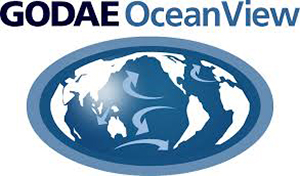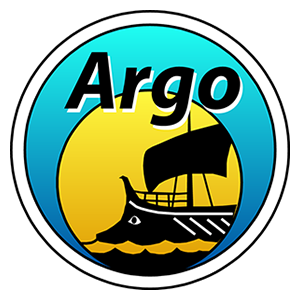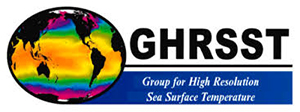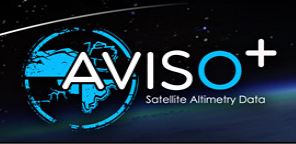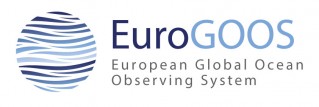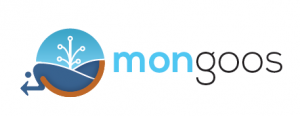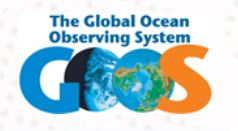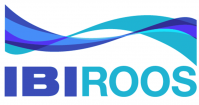GODAE (Global Ocean Data Assimilation Experiment) is a practical demonstration of how real-time assimilation of ocean data on a global scale can provide regular, complete descriptions of ocean temperature, salinity and current fields for operational oceanography as additional information for seasonal forecasting and research models.
As a GODAE Partner, Mercator Ocean is one of the patron agencies. It is also a member of the International GODAE Steering Team (IGST). The Mercator system is one of the programme’s pilot systems.
In 2003 GODAE began its 3-year demonstration phase, during which all of the various observation, analysis and forecasting systems and applications are to be deployed and implemented. With the implementation of its 2nd Mercator prototype (PSY2: for the North Atlantic and Mediterranean at 1/15° and then for the Global Ocean at 2°). In 2003, Mercator Ocean has fulfilled one of the two objectives scheduled for this intensive Godae phase. The second will involve deployment of the Global Ocean component at 1/4° (3rd Mercator prototype). Mercator Ocean has thus now become one of the leading international contributors
GODAE is contributing to development of its two pilot programmes: ARGO (deployment of profiler floating buoys) and GHRSST (Global High Resolution SST). The first results of assimilation of Argo temperature/salinity data in the Mercator system were presented at the Argo Science Meeting held in Tokyo in November 2003. Mercator has also helped define the requirements for a GHRSST product. Find out more: